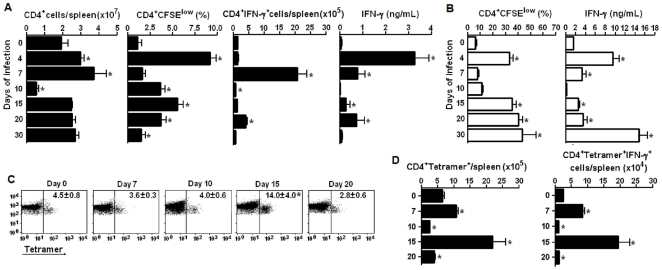Figure 7. Characterization of CD4+ and Tetramer+CD4+ cell populations in the spleen of WT mice during early and late P. chabaudi malaria.
(A) Numbers of CD4+ cells per spleen, spontaneous CD4+ cell proliferation and IFN-γ production on days 0, 4, 7, 10, 15, 20 and 30 of infection. Data represent the means ± SD (n = 6–10). CD4+ cell proliferation is represented as percentages of replicating (CFSElow) cells. Intracellular and secreted IFN-γ was quantified in gated CD4+ cells and in 72-h supernatants, respectively. (B) iRBC-stimulated CD4+ cell proliferation and IFN-γ production in the same groups of mice (n = 6–10). CD4+ cell proliferation is represented as percentages of replicating (CFSElow) cells. Secreted IFN-γ was quantified in 72-h supernatants. (C) Dot plots showing gated CD4+ cells that recognise CD1d-α-GalCer tetramers (Tetramer+ cells). Numbers in dot plots represent the means ± SD (n = 6) of the percentages of Tetramer+ cells in gated CD4+ cells. (D) Numbers per spleen of Tetramer+CD4+ cells and Tetramer+CD4+IFN-γ cells on days 0, 7, 10, 15 and 20 of infection. Data represent the means ± SD (n = 6). In A, B and C, *, p<0.05, infected mice compared with non-infected mice. Data are representative of three experiments.

